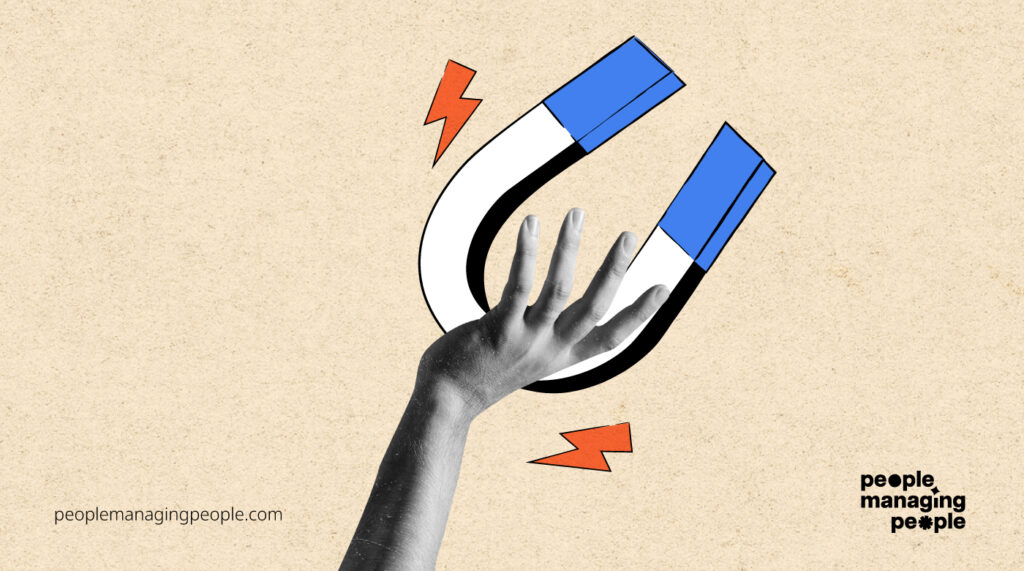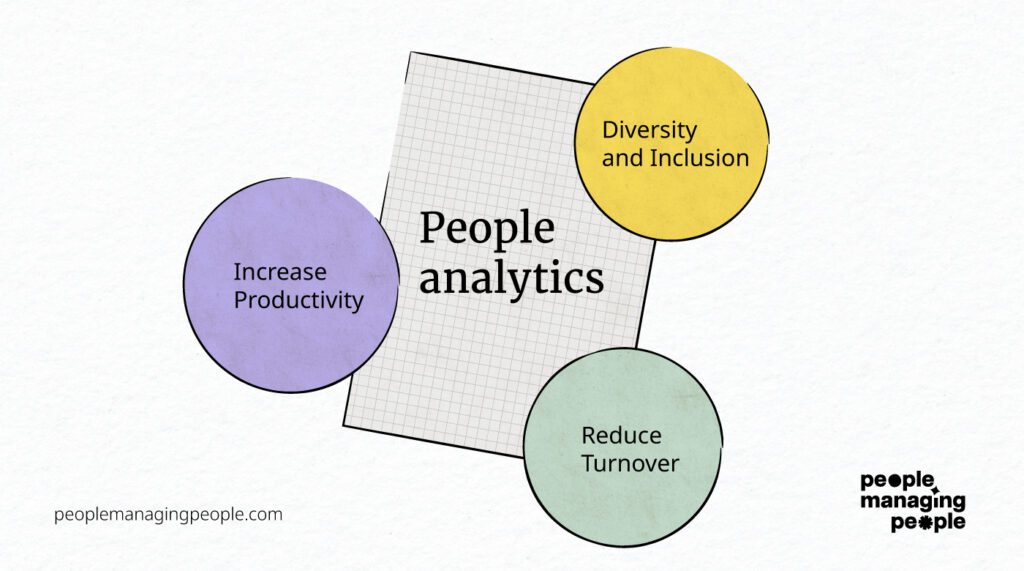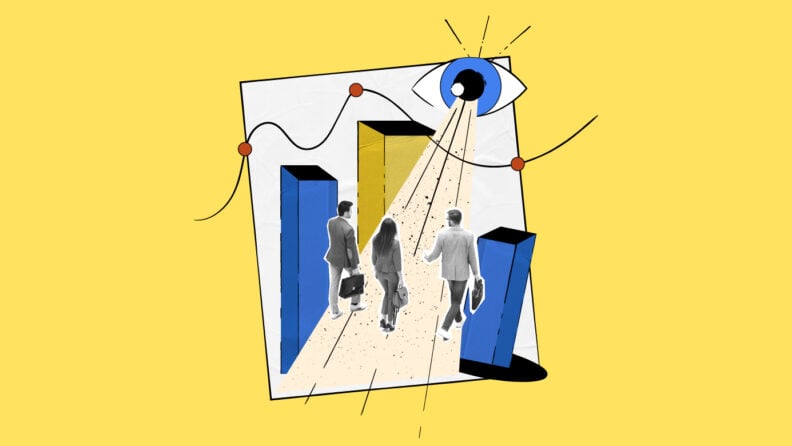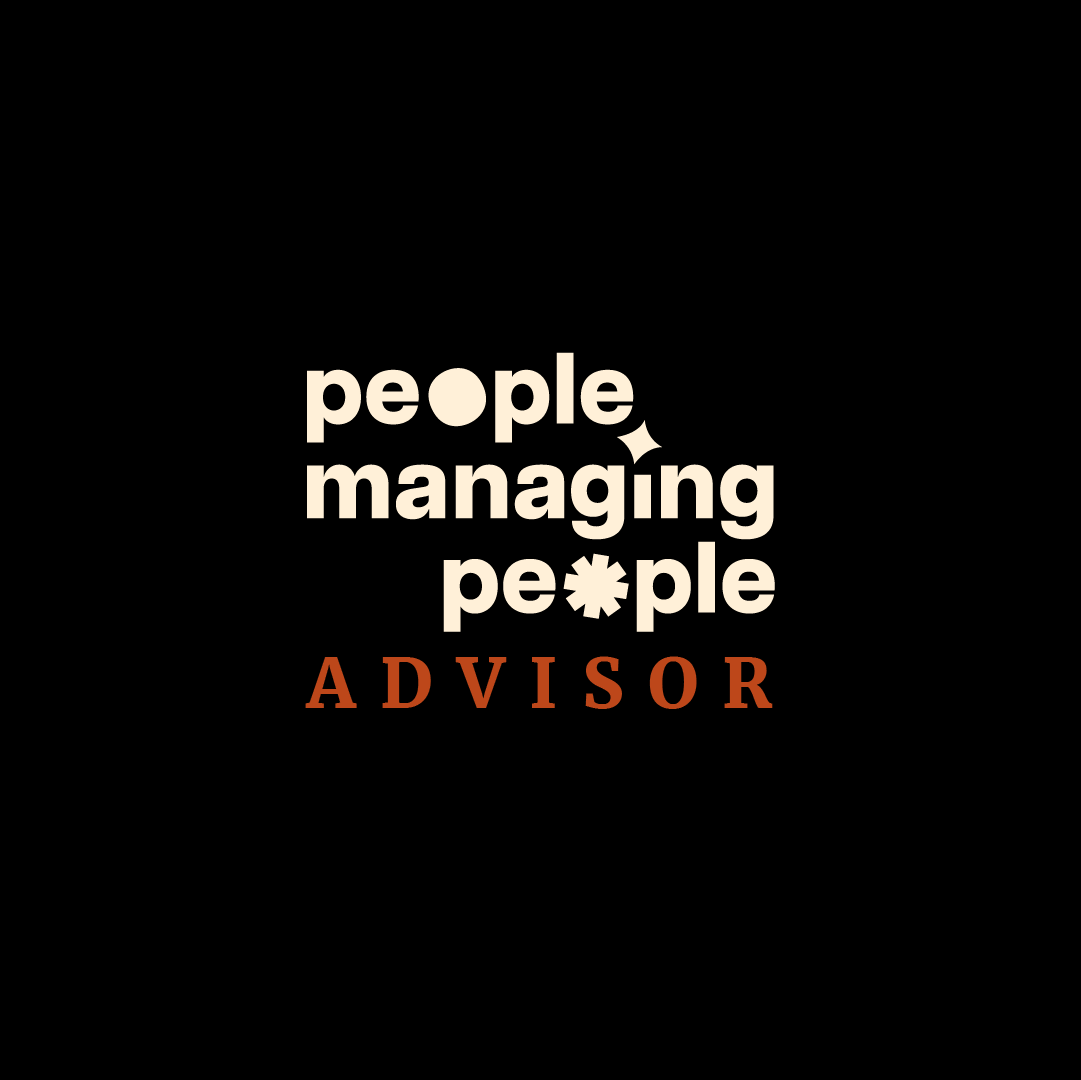People analytics is transforming the way organizations manage their employees.
By using people analytics, businesses have witnessed an 80% boost in recruiting efficiency, a 25% increase in company productivity, and a 50% drop in attrition rates.
But what exactly is people analytics, and why do you need it in your organization? This article will answer those questions and show you how to get started. Let's dive in!
People Analytics: The Basics
People analytics means organizations using statistical insights from employee data to improve their people processes and functions. These insights can inform business decisions and drive improvements in operational efficiency.
Using people analytics software, organizations can discover trends, pinpoint performance drivers, optimize work environments, and enhance recruitment strategies.
And, by analyzing employee behavior and measuring engagement, businesses can proactively identify and mitigate potential issues before they become major problems, such as employee retention.
But is this all just hype or does this data really matter?
What Can People Analytics Do?
By using people analytics, leaders can obtain valuable insights into their workforce. Here are a few great examples of what this approach can do for your business.
- Determine the cost and investment required to bring new hires on board and up to speed
- Improve the efficiency of human resources operations
- Increase the diversity of the workforce
- Evaluate the effectiveness of learning and development programs
- Improve employee retention rates by finding any underlying issues
- Highlight trends in the workforce
- Measure productivity.
Leveraging the built in people analytics functions of your HR management software helps uncover valuable insights to optimize workforce strategies.
The proper use of unbiased data from people analytics can have significant benefits for businesses, including saving time, energy, and money. By taking advantage of these insights, companies can improve their operations and enhance their workforce.
How Does People Analytics Work?

People analytics is an increasingly popular tool for organizations looking to make informed decisions about their workforce. People analytics becomes more powerful when integrated with the core elements of your HRMS software for accurate insights.
But how exactly does it work?
Essentially, people analytics involves extracting information from an organization's existing HR software and using various mathematical models, algorithms, and machine learning techniques to generate visual representations such as charts and graphs.
These visual aids are designed to assist leaders in making informed decisions related to talent management. More advanced people analytics platforms can even act as a central hub for merging disparate people and business data, allowing for a more comprehensive analysis.
So what differentiates analytics from transactional reports? The answer resides in its capacity to manage both current and historical data, use artificial intelligence to draw insights, and eventually offer meaningful suggestions.
In contrast, transactional reports often only provide basic HR data and lack the capacity to discuss the causes of a specific issue or provide alternative remedies.
To put it simply, while reports provide raw data, analytics provide valuable insights that can guide effective decision-making. By using people analytics, organizations can gain a deeper understanding of their workforce and make data-driven decisions.
The Benefits of People Analytics
Diversity and Inclusion
By collecting and analyzing data on hiring practices, employee demographics, and performance metrics, HR leaders can gain valuable insights into the effectiveness of their current diversity initiatives and identify areas for improvement.
People analytics are particularly helpful in addressing unconscious bias during talent acquisition, which can lead to a homogenous workforce and overlook individuals from underrepresented groups.
By identifying patterns of bias in the recruitment process, HR teams can use targeted strategies to reduce bias and increase diversity, such as blind resume reviews or diversity quotas.
Data analysis can also help HR professionals make the right hiring decisions by identifying and attracting diverse candidates through targeted outreach and recruitment efforts.
To gain insights into your hiring process and recruitment strategies, you may get better value from focused recruitment analytics software than something more general.
Increase Productivity
Organizations can identify areas where they can improve productivity by tracking and analyzing actual hours spent on activities and comparing them to an optimal target time. This may include streamlining workflows, eliminating non-value-adding activities, or improving training and development programs.
By making data-driven decisions and focusing on areas of improvement, companies can enhance their productivity and improve business outcomes.
Applying people analytics in business strategy can also help organizations identify and address employee burnout or overwork issues.
By leveraging data-driven insights to identify work areas where employees are possibly overburdened or experiencing significant stress, organizations can proactively add measures to mitigate these issues and enhance employee well-being.
Reduce Turnover

People analytics is a powerful tool for improving the employee experience and reducing employee turnover.
When organizations focus on a specific role or group of employees, they can use people analytics to gain insights into why employees are leaving and develop targeted retention strategies to address those issues. For example, data analysis can reveal patterns such as a lack of growth opportunities or low employee job satisfaction.
With this information, organizations can create targeted retention strategies such as offering career development opportunities or increasing employee engagement initiatives to address these issues and keep workers engaged and satisfied throughout the employee lifecycle.
Unlock The Power Of People Analytics for Long-Term Business Success

People analytics has become essential in modern businesses to help them understand their employees and make data-lead decisions that lead to long-term success.
Your analytics capabilities are based on the collection of detailed, consistent data. To help you understand where to begin regarding this, check out our articles 40 HR Metrics You Should Track And Data Collection Best Practices and HR Data Analysis: How To Use Your HR Data Effectively.
Gaining people analytics skills will help you progress in your career and add strategic value to your organization. Check out our pick of the Top 15 HR Analytics Certifications, the best HR analytics courses, and consider attending a people analytics conference to grow your knowledge of this important HR skill.
If you want to stay up-to-date with the latest insights and trends in people analytics, be sure to subscribe to our newsletter.
Also check out: Best Workforce Analytics Software for some alternative suggestions.
Need expert help selecting the right Human Resources (HR) Software?
If you’re struggling to choose the right software, let us help you. Just share your needs in the form below and you’ll get free access to our dedicated software advisors who match and connect you with the best vendors for your needs.




